Critical Tips You Must Consider Before Undergoing Botox Treatment
Do you look in the mirror and become discouraged by the appearance of wrinkles or fine lines on your forehead or around your eyes? If so, you’re not alone when it comes to being concerned about the signs of aging becoming more noticeable when you smile or frown. The good news is that there is treatment available in the form of Botox injectables to help eliminate the signs of aging. Botox, like similar injectables, targets certain facial muscles to help eliminate the signs of aging in only a matter of a few days. If you aren’t familiar with Botox, you probably have a vast array of questions, so here are the answers to some of the most common questions about Botox injections, so you’ll know what to expect.
Is There a Right Time to Take Up The Botox Treatment?
Because of the way your skin changes as you age, the progression of wrinkles to some extent correlates with how old you are. The natural production of elastin and collagen in the skin slows down at about the age of 30; however, factors such as smoking, diet, stress, and exposure to the sun play a role in how your skin ages. Whether you are in your 20s or your 60s, you can benefit from Botox injectables.
- In your 20’s-Botox is primarily used for preventative purposes. In your 20s, wrinkles are thought to be “stage one”, which means that they are noticeable when you furrow your brows or make an angry face, and they stay for a brief period before disappearing. Preventative Botox helps keep those fine lines from becoming permanent, and it softens wrinkles that are already there.
- In your 30’s-This is the age period in which most people come in to discuss Botox treatments. During your 30s is when the natural production of elastin and collagen begins to slow down and wrinkles begin to progress. Stage two of wrinkles means the wrinkles are always there, even when your face is at rest. During the 30s is when many people also start to notice fine lines developing.
- In your 40’s-When wrinkles have become firmly set into your skin, it’s considered stage three. It is during this time that Botox is used more as a treatment than for prevention. During this time, Botox injections can help soften the lines that have already developed, but it cannot totally get rid of them.
- In your 50s and older-When wrinkles and fine lines progress to stage four, Botox can soften muscle movement to help keep them from getting deeper. At this stage, to truly get rid of deep wrinkles and lines, it may be best to combine Botox treatments with secondary treatment, such as an intense peel or lasers. At this stage, Botox will be beneficial, but a combination of treatments will help make sure the wrinkles go completely away.
If you are over the age of 18 and are looking for ways to correct or for the prevention of wrinkles and fine lines, then you are probably a good candidate for Botox treatments. In order for treatment approval, you need to be in good health and not have any skin or medical conditions that may cause a negative interaction with the Botox treatments. You should also be fully aware of realistic expectations regarding Botox treatments and your final results.
How Important is it to Consult a Plastic Surgeon or Dermatologist?
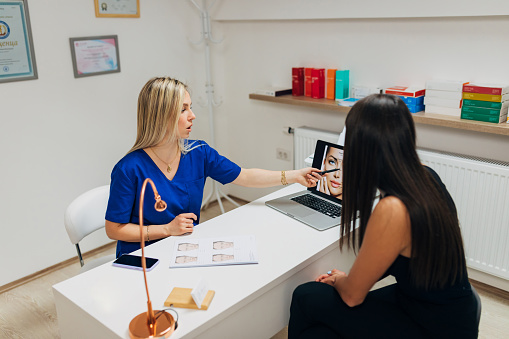
The first and most important part of getting started with Botox injections is consulting with a certified, experienced and qualified provider. The primary purpose of your first appointment is so the provider can evaluate your concerns and determine if you are a candidate for treatment. Your dermatologist or plastic surgeon will examine your skin, review your medical history and discuss your goals with you. Based on this information, they will let you know if you are approved for Botox injections and recommend a personalized treatment plan for your individualized situation. At this time, you will also be given detailed instructions to follow, including how to prepare for your appointment and what to expect after the treatment.
Is It a Time-Consuming Process? Does it Hurt?
Botox treatments can actually be done during your lunch hour. The injections themselves are not time-consuming; however, most people have to continue the treatments because the results are not permanent. As much as your provider wants to promise that the injections aren’t completely pain-free, they will be honest with you and let you know ahead of time that there is often discomfort associated with the injections. Everyone’s pain tolerance is different; however, the needles are extremely small, so the level of pain is similar to the pain you experience when getting your blood drawn. If you are concerned about the pain, your provider can apply a topical numbing agent to help you with discomfort. But, the majority of people do not want the numbing agent, and they report that the process is almost painless, even without the topical anesthetic.
Preparing for Botox Treatments
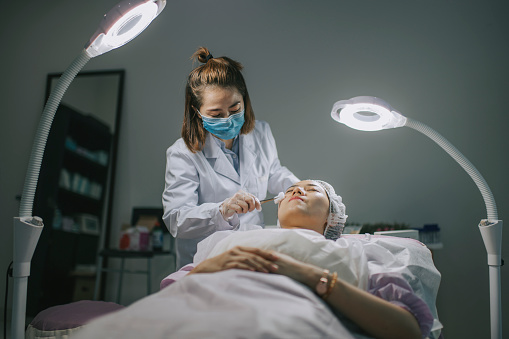
Prior to your appointment, you should gently wash your face with a mild cleanser to be sure all makeup and skincare products are removed from your skin. Be sure to not scrub too hard as this may make your skin more tender before and during the injections. Upon arrival at your appointment, an experienced team member will clean the targeted area of your skin before starting the treatment. The most important factor in preparing for your Botox injections is to talk with a qualified, experienced provider beforehand and be sure to follow all recommendations they may provide regarding taking certain medications or supplements before your treatments that may thin your blood, which can cause more than normal bruising.
What Type of Daily Supplements do You Need to Take After the Treatment?
There are no specific supplements that you absolutely need to take after the Botox treatment; however, there are certain medications, supplements, and activities that you may have to stop prior to and immediately after your treatments. For instance:
- Certain supplements and medications can slow platelets, which are the cells in the blood that help to stop bruising and bleeding. If platelets aren’t able to get to the broken capillaries or the blood vessels following an injection, there is an increased risk of bruising, so your provider may recommend temporarily stopping certain medications and supplements.
- You may be asked to stop taking aspirin, NSAIDs, and other supplements that are designed to or may naturally thin your blood for approximately two or three weeks prior to your treatment.
- Certain supplements should be avoided before your treatment as well, including vitamin E, garlic, turmeric, St. John’s Wort, Ginkgo biloba, flaxseed oil, and chia seeds.
- It is highly recommended that you talk with your provider before stopping any regular medications. The safest solution is, to be honest with your provider prior to your scheduled injections and let them know all medications and supplements that you are currently taking.
How Many Days Does the Treatment Need to Show Results?
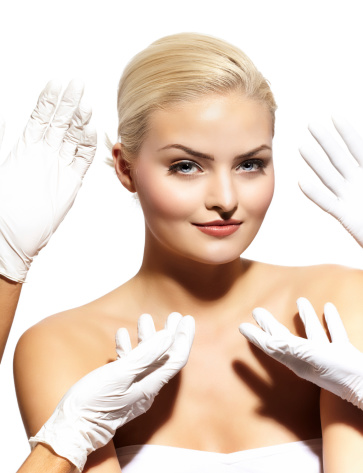
The results vary from one person to the next; however, in the majority of cases, you will notice results about 3-7 days after your treatments. During this time you will begin to notice the treated muscles remaining still when you make certain facial expressions. The final results typically appear within one week of treatment, but they may continue to improve for several days. If necessary, some people choose to schedule a “touch-up” appointment once their results are fully visible. The results of Botox generally last about 3-4 months. This is because the neurotoxin begins to gradually and safely wear away, allowing for a full range of muscle movement. Botox is temporary, so most people opt to pursue follow-up treatments before the previous treatment fully wears off in order to maintain the ideal appearance.
Following Botox Treatments
As your skin is healing following Botox treatments, it is important that you avoid rubbing, touching, or pressing on the treated areas. Doing so may disturb the Botox product and cause it to affect other facial muscles, which may ultimately impact the look of your final results. After about 2 weeks, the Botox will have fully settled into the treated muscles, and you can normally touch your face. Not touching your face doesn’t mean that you can’t look at the results during the first week by making facial expressions in the mirror. The muscles that have been treated will gradually stop moving, ultimately leaving your skin smooth and free from wrinkles and lines-without changing your range of emotions or expressions. Remember to follow the instructions provided to you regarding preparations for your Botox injectables as well as follow-up care.
Botox treatments aren’t the ideal solution for static wrinkles, which are primarily due to the breakdown of the elastin proteins and collagen proteins; however, they can be combined with other treatments for the ideal solution. Botox treatments are a non-invasive solution for reducing or eliminating forehead wrinkles, crow’s feet, and frown lines. Contrary to popular belief, the results are natural-looking and unless you tell others that you have had Botox treatments, they will simply think that you look “ageless”
To learn more information about Botox or other injectables or to schedule your consultation, please contact Vivid Skin and Laser Center in Chandler, Arizona.


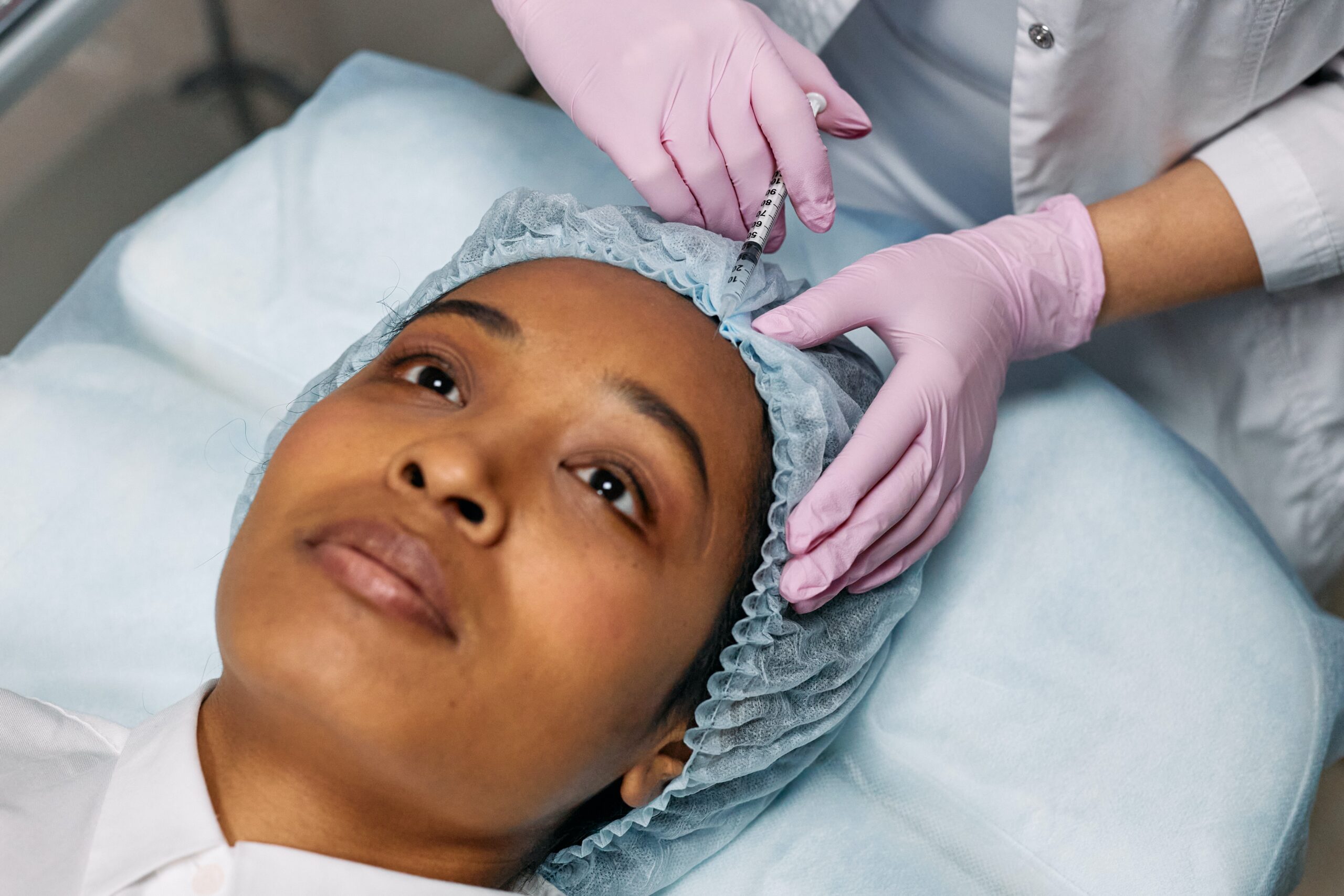
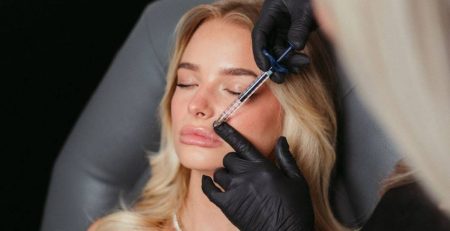
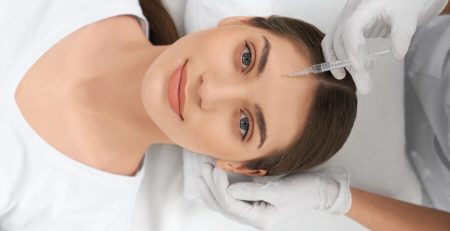

Leave a Reply